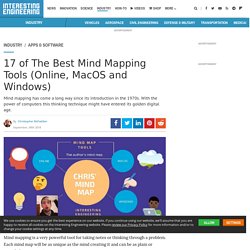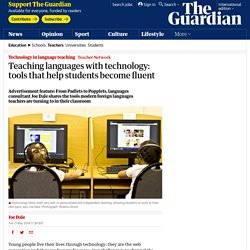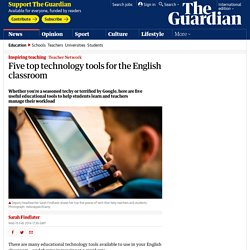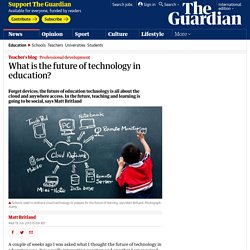

17 of The Best Mind Mapping Tools (Online, MacOS and Windows) Mind mapping is a very powerful tool for taking notes or thinking through a problem.

Each mind map will be as unique as the mind creating it and can be as plain or crowded as you want. It was devised in the early 1970s but has become incredibly popular ever since. Many millions of people around the world have benefitted from this technique to organize their minds and lives. If you have never heard of it before you are in for a treat. Given the nature of the topic at hand, this article will include a fair amount of images and videos to help you understand and use this powerful technique. And, just before we get started, good luck on your journey to mastering mind mapping from all at the IE team. What is mind mapping? Mind mapping is defined as "[a] graphical technique for visualizing connections between several ideas or pieces of information. It was first developed by Tony Buzan (A British Researcher) in his 1972 book Use Your Head. How is mind mapping useful? - They take up ALOT of space. 1. What if the coolest thing about a 21st-century school wasn’t technology?
At TED2016, a room of TEDsters convened by the Robert Wood Johnson Foundation brainstormed the school of the future — a surprisingly low-tech affair.

Sometimes technology isn’t the answer to every problem. Even at the TED conference. At TED2016, TED partnered with the Robert Wood Johnson Foundation to run a blue-sky workshop session on creating a new healthy school from scratch, imagining new solutions to problems that plague educators, students, schools, and the communities that surround them. A diverse group filled the room, including a university president, a child psychiatrist, an architect, a hotel CEO and a venture capitalist.
The group tapped into both what they experienced as children and what they envision for all schools. The suggestions we got surprised us a bit. Teaching languages with technology: tools that help students become fluent. Young people live their lives through technology: they are the web generation and they are hungry for more.

Our challenge is to channel the natural enthusiasm our pupils have for ICT by using it in their everyday lives and embed it purposefully into the modern foreign languages (MFL) classroom. There is great value in incorporating new technologies not as a bolt on or reward, but as an integral part of the process. This allows learners to foster the four c's: communication, creativity, collaboration and critical thinking. ICT lets learners easily draw on authentic resources that promote inter-cultural understanding and interact with virtual peers in real non-fabricated contexts.
Five top technology tools for the English classroom. There are many educational technology tools available to use in your English classroom – and they're increasing at a rapid rate.

Whether you're a seasoned tech classroom user or new to the idea, below are a few handy tools for you to get your teeth into. It's not an extensive list but these five are easy to use and a good introduction to what's available. If you have any other suggestions, please do share them in the comments section below. Google Drive Google Drive is a free online storage cloud that has Google's version of Word, Powerpoint and Excel built into it. Teachers can help students with the creative writing process by getting them to share their stories as they write so you can feedback live without stopping their creative flow. Tech providers chosen for National Centre for Computing Education.
Skip to main content Home / News / Tech providers chosen for National Centre for Computing Education Tech providers chosen for National Centre for Computing Education The UK’s first National Centre for Computing Education will be run by a consortium made up of STEM Learning, the British Computing Society and the Raspberry Pi Foundation.

The Centre, which is backed by £84 million, will work with the University of Cambridge, while Google will also support the project with a further £1million. Minister for School Standards Nick Gibb said: "As our digital industry makes an increasingly significant contribution to our economy, it is important that our computer science teachers are trained to teach the latest digital skills, ensuring young people benefit from a high quality computing education. "The new computer science GCSE has more challenging content such as computer programming and coding. Read more Latest News Plans to support underperforming schools announced Supplier Focus Glasdon Obesity Twitter. What is the future of technology in education? A couple of weeks ago I was asked what I thought the future of technology in education was.

It is a really interesting question and one that I am required to think about all the time. By its very nature, technology changes at a fast pace and making it accessible to pupils, teachers and other stakeholders is an ongoing challenge. So what is the future? Is it the iPad? No, I don't think it is. iPads and other mobile technology are the 'now'.
The future is about access, anywhere learning and collaboration, both locally and globally. Coding at school: a parent's guide to England's new computing curriculum. Getting more kids to code has been a cause célèbre for the technology industry for some time.

Teaching programming skills to children is seen as a long-term solution to the “skills gap” between the number of technology jobs and the people qualified to fill them.